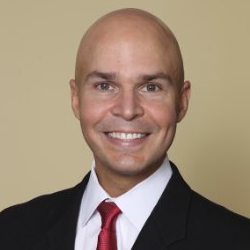The Insurance Journal reported today on an Insurance Institute for Highway Safety study that found that General Motors’ vehicles had both the highest and lowest death rates in the period between 2002 and 2005. Chevrolet Blazers built from 2001 to 2004 had 232 driver deaths per million registered vehicles during the four-year span, the highest of any vehicle. The Acura RSX had the second-highest rate with 202 driver deaths followed by the Nissan 350Z, which registered 193 deaths. The rate represents the reported number of driver deaths divided by the model’s number of registered years.
In contrast, the Chevrolet Astro minivan had the lowest rate with only seven deaths per million registered vehicles. It was followed by the Infiniti G35, BMW 7 Series and the Toyota 4Runner. Ironically, Chevy no longer makes the Blazer or the Astro.
My guess is that the Chevy Astro is not 33 times safer than a Chevy Blazer. The demographics in terms of risk-taking behaviors are different for the purchaser of a minivan than a sporty SUV because the study did not consider driver behavior or how the vehicles are used. Still, there are still meaningful conclusions that can be drawn from this study about which vehicles are the safest and least safe to drive. The profile on the driver of a Chevy Blazers cannot be that different from the drivers of Toyota 4-Runners.




